Getting back to the land is nothing new. It doesn’t take a pandemic to appreciate the peace and quiet of the countryside and the healthy lifestyle a sustainable existence provides. Getting back to the soil is another level, literally. The regenerative agriculture movement is gaining momentum globally, as impassioned practitioners find ways to not only enrich the soil and improve their harvest, but to also revitalise entire ecosystems and build communities around a sustainable economy.
New Problems, Old Solutions
The documentary The Biggest Little Farm follows the story of John and Molly Chester, who abandon their Los Angeles apartment for 200 acres of raw farmland. During eight trying years chronicled in the film, the couple restore the land, and marvel at the return of plants, insects, and animals that had long vanished, all of which begin to work in harmony as nature intended, to help save their farm.
‘Organic’ and ‘sustainable’ may sound like trendy buzz words, but many of the ‘new’ practices taking root around the world were first introduced by indigenous populations long before the advent of industrial agriculture or the need to combat climate change.
Across the North American continent, for example, Native Americans practiced agroforestry. This involved raising animals, crops and trees in a shared environment, as well as setting selective fires meant to provide nutrient-rich fertiliser for cover crops, which in turn, over time, prepared the soil for new trees. They also utilised inter-cropping and permaculture, a sustainable way of farming that integrates natural patterns as opposed to fighting them, such as planting nitrogen-rich crops like legumes or cabbages where nitrogen is needed, or flower fields to encourage the bee population.
Sustainable Vines On Long Island
Today, promoting biodiversity at farms and vineyards has the potential to improve the health of the planet over all, as many of these same practices also promote carbon sequestration. Thriving cover crops and forests help capture carbon as part of photosynthesis, so they are not released into the atmosphere.
What’s more, healthier soil and a dynamic ecosystem are a win-win from both a qualitative and economic standpoint. As Rich Olsen, winemaker at Bedell Cellars on New York’s Long Island, explains: “We live in a fragile ecological zone – surrounded by water and dependent on a sole-course aquifer for our drinking water. It made sense to become more mindful of how we were farming. Growing wine is a multi-generational project; we are just the current stewards of the land and want to make sure that others who come after us can continue tending our vines and making delicious wines.”
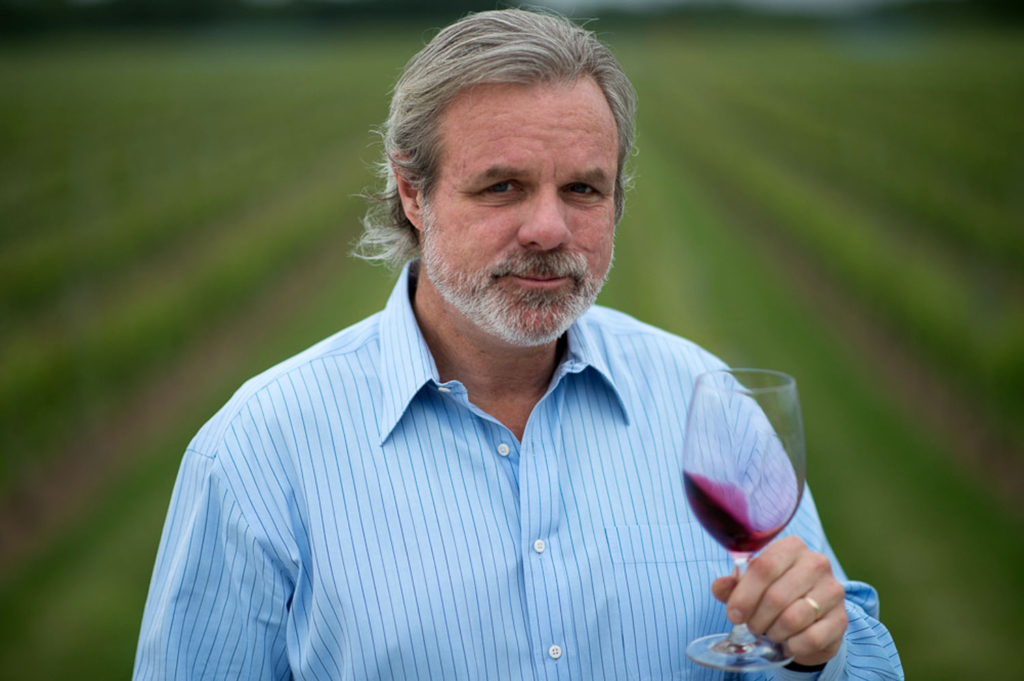
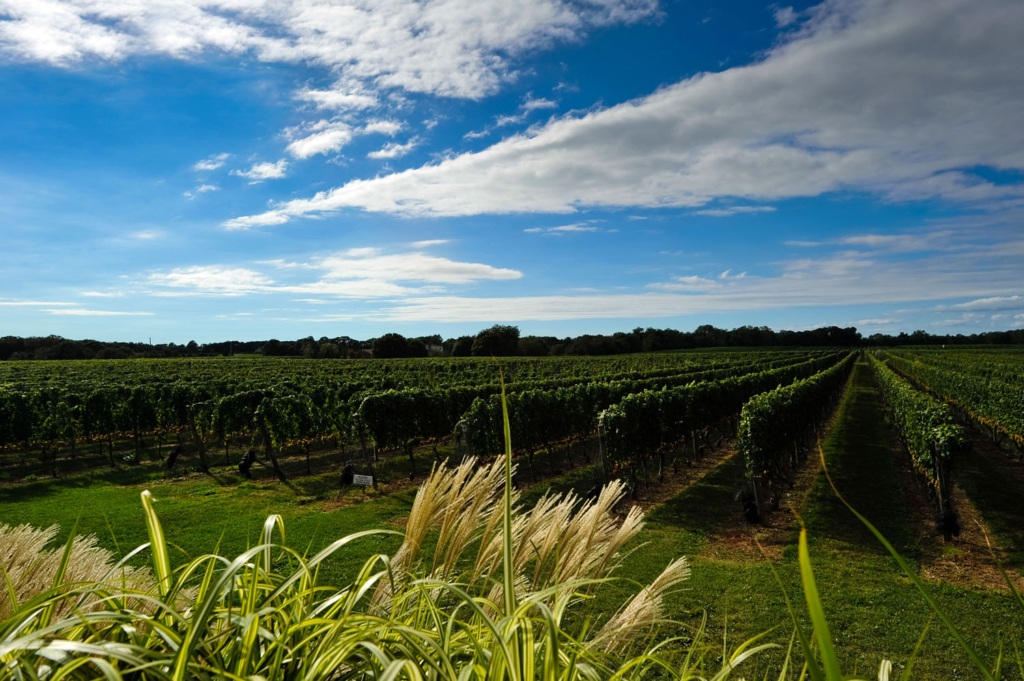
Olsen has been a proponent of regenerative farming since the 1980s, and is a co-founder of Long Island Sustainable Winegrowing, the East Coast’s first sustainable certification programme. Climate change is a harsh reality on the North Fork, the part of the island where he grows his grapes, and he’s glad that so many farms and vineyards are participating all throughout the state of New York.
In the 11 years he’s been at Bedell, Olsen has seen soil health improve overall, which is also reflected in the quality of the wines. They’ve seen a slight increase in organic matter from their composting programme, and most importantly, nitrate levels have decreased dramatically in their well water: “I believe because of the region’s focus on sustainable growing methods, we’re making the best wines in our history right now, and they’re only going to keep getting better.”
The Piedmont Approach
Across the pond in Piedmont, Italy, Enrico Rivetto has been leading the charge in sustainable and regenerative agriculture on his family’s farm and vineyard since 2009. Some of the most expensive land in Italy, the area is prized for the production of Nebbiolo, the noble grape variety used for Barolo and Barbaresco wines. Many of the indigenous forests were razed for monoculture, the planting of a single crop – in this case grapes.
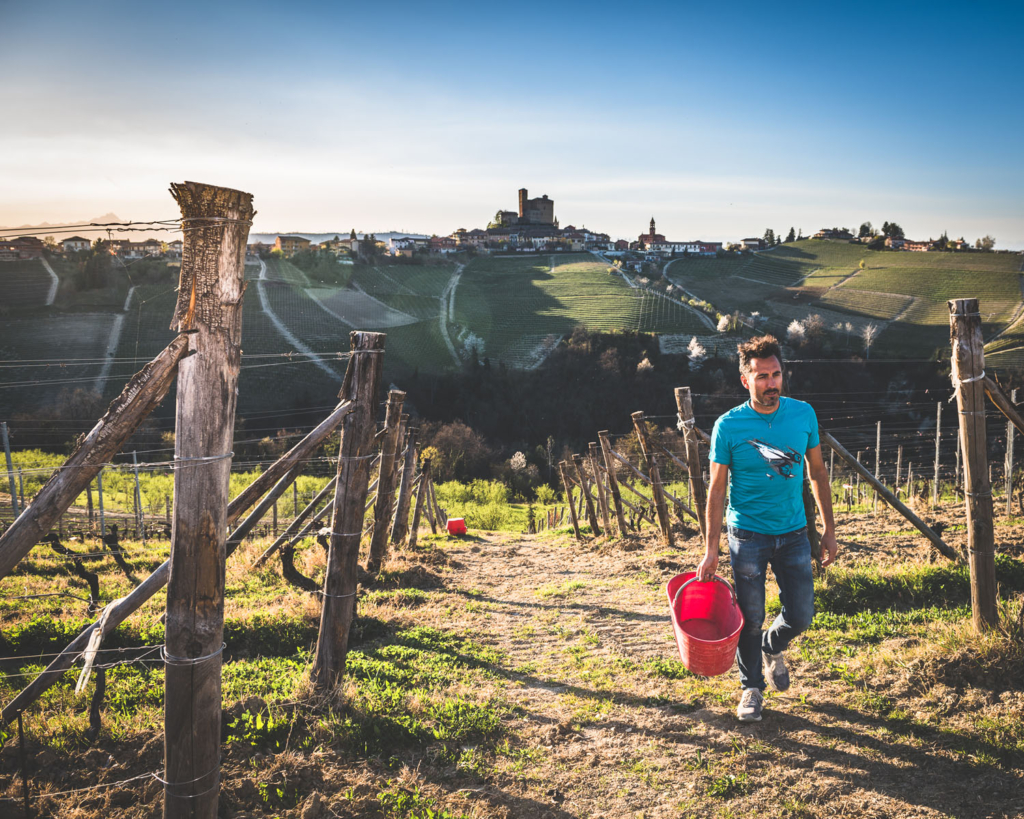
As Rivetto explains, the land is precious, and with climate change threatening an already precarious ecosystem, it is more important than ever to build a system that works in harmony with nature. He jokes that he’s gone back in time, to the old ways of farming when families raised a variety of crops and animals in part for their own consumption. This diversity is the only way to move forward, to safeguard their land and ensure a prosperous future.
Among their many projects, half of his property has been reforested. They’re actively composting, farming vegetables and rebuilding biological corridors throughout the farm including rosemary, sage and lavender, to attract helpful insects like bees, and protect against pests and disease. Also known as organic channels, these corridors work like intercropping to enrich the soil, increase microorganisms and trap carbon.
Rivetto says it’s too soon to say whether or not the wines are better. Nebbiolo is notorious for its capacity to age, and it reveals its true character decades on. That being said, the vineyard and wild grasses are noticeably more robust, and the vines have become more naturally resistant. The wines are certainly more balanced, he says, which is very promising.
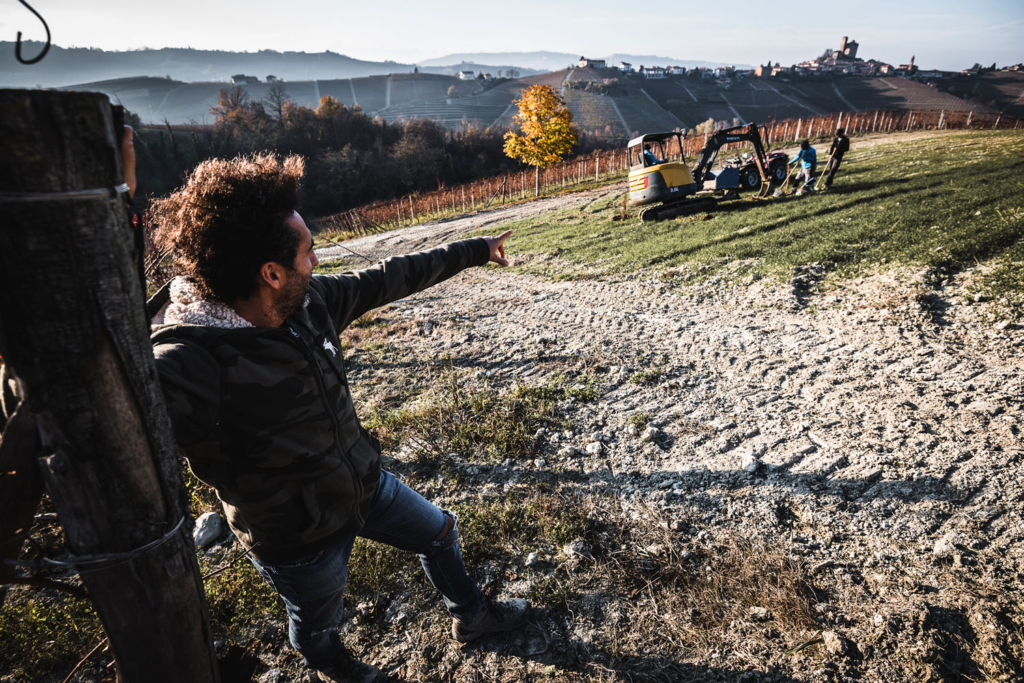
Big Goals, Small Steps
All over the world, young people like Filipe Villela, founder of reNature, are also leading the way. After all, the future is theirs to save, and what begins in the ground has the potential to impact so much more than the harvest. In broad terms, Villela describes his organisation’s mission as an endeavour to make regenerative agriculture mainstream and to empower farmers to build climate resilience.
reNature works with farmers on several continents to transition from monoculture industrial agriculture to regenerative agroforestry systems. Along the way, Villela explains, “We’re trying to solve the problems of land degradation and deforestation, but also hunger, poverty, food insecurity, loss of biodiversity, climate change, social justice, female empowerment and economic resilience.”
These may sound like lofty aspirations, but in just three years – thanks to dynamic corporate and local partnerships and enthusiastic hardworking staff worldwide – reNature has undertaken numerous projects and they are very optimistic. Many of their initiatives include an educational component; like Olsen and LISW, proponents of regenerative agriculture know that it only works if we all work together. Big change can be intimidating without guidance and support.
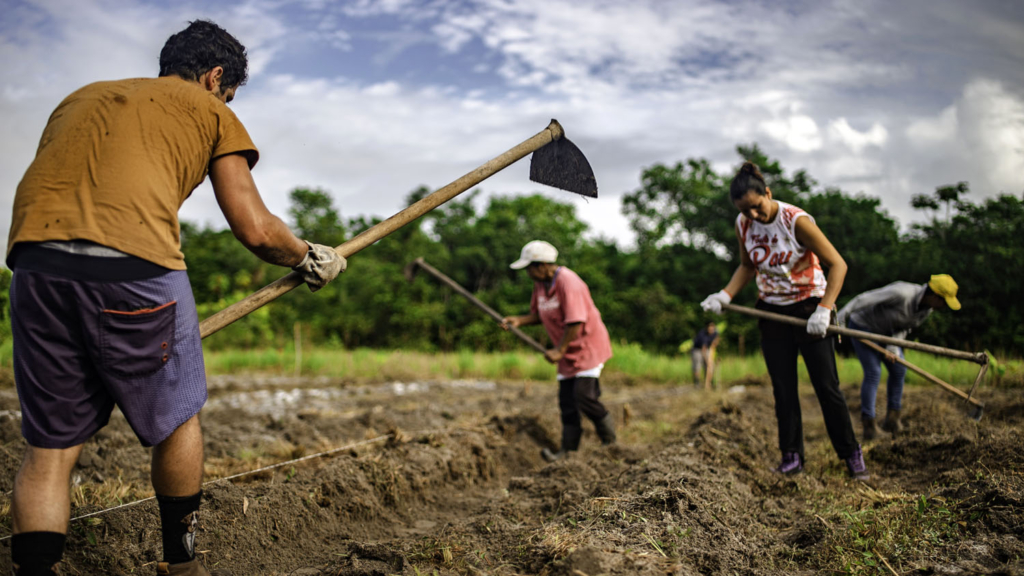
[Credit: FARFARM]
In Mexico’s Yucatan Peninsula, for instance, citrus farmers have suffered tremendously from falling prices and a climate crisis that has led to unpredictable rainfall and a degradation of over-farmed soil. There, reNature partnered with a growers’ cooperative and private investors to build a working educational farm built on an agroforestry model. By planting a variety of trees and plants throughout the citrus groves, they hope to improve the health of the soil and stabilise their harvest yields by making trees more resilient to drought. Additional goals are keeping growers employed, and training other farmers in regenerative practices.
Similarly, in Rwanda’s mountainous Gagenke province, nearly the entire population relies on the coffee farming industry, but climate change, soil degradation, and fluctuating prices in the market have led to food insecurity and an uncertain future. In a previous project, reNature partnered with Amsterdam-based coffee importer This Side Up and PretaTerra to build a new cooperative farm on the agroforestry model, introducing crop diversity that was intended not only to restore soil health and increase their coffee harvest, but also help to feed the community.
It’s a long road, and there is much to be done. As the Chesters learned with their experience, you have to see it to believe it. Villela recommends visiting a working regenerative farm, and at the very least, planting a seed at home.

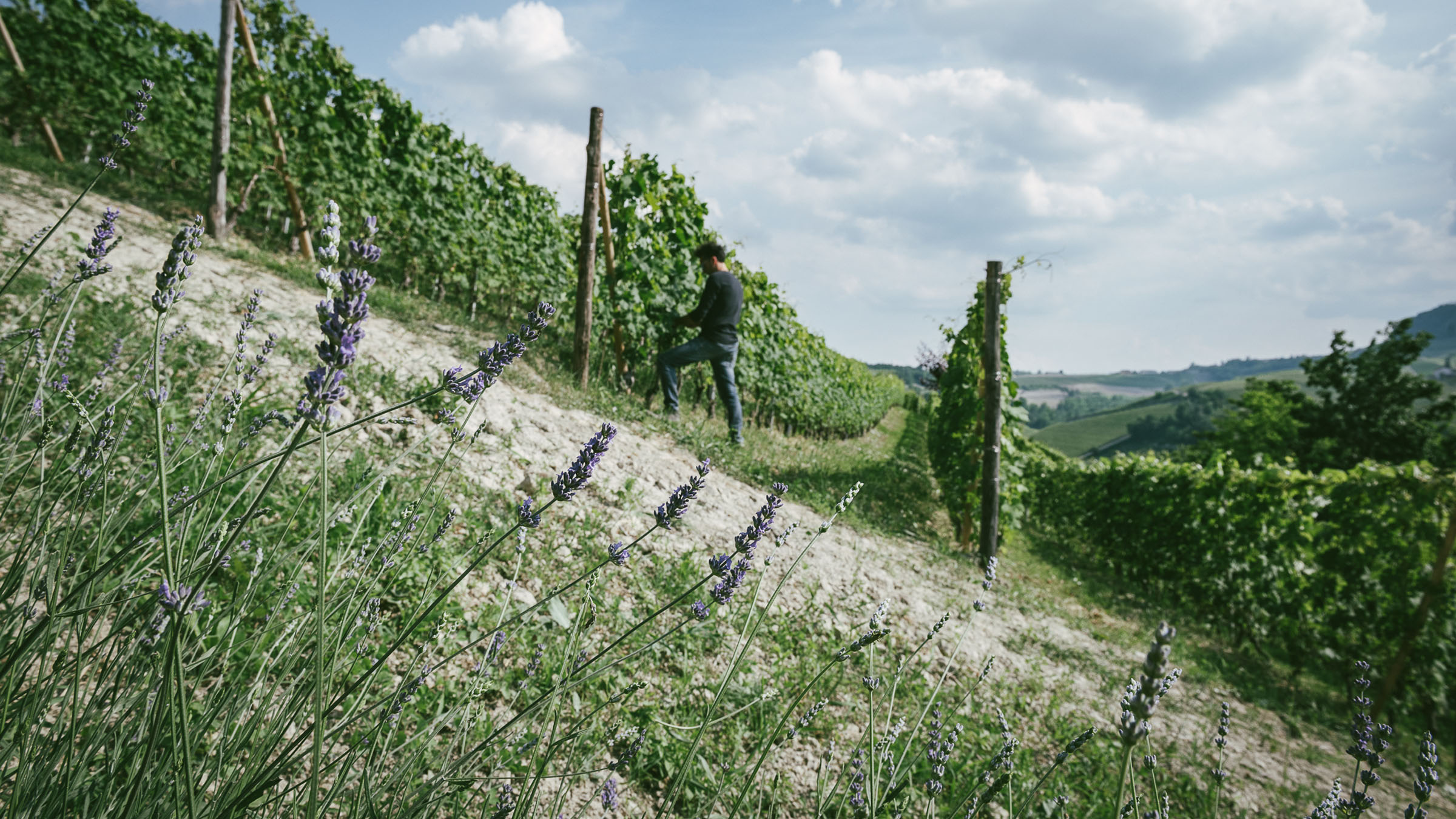












Sorry, the comment form is closed at this time.